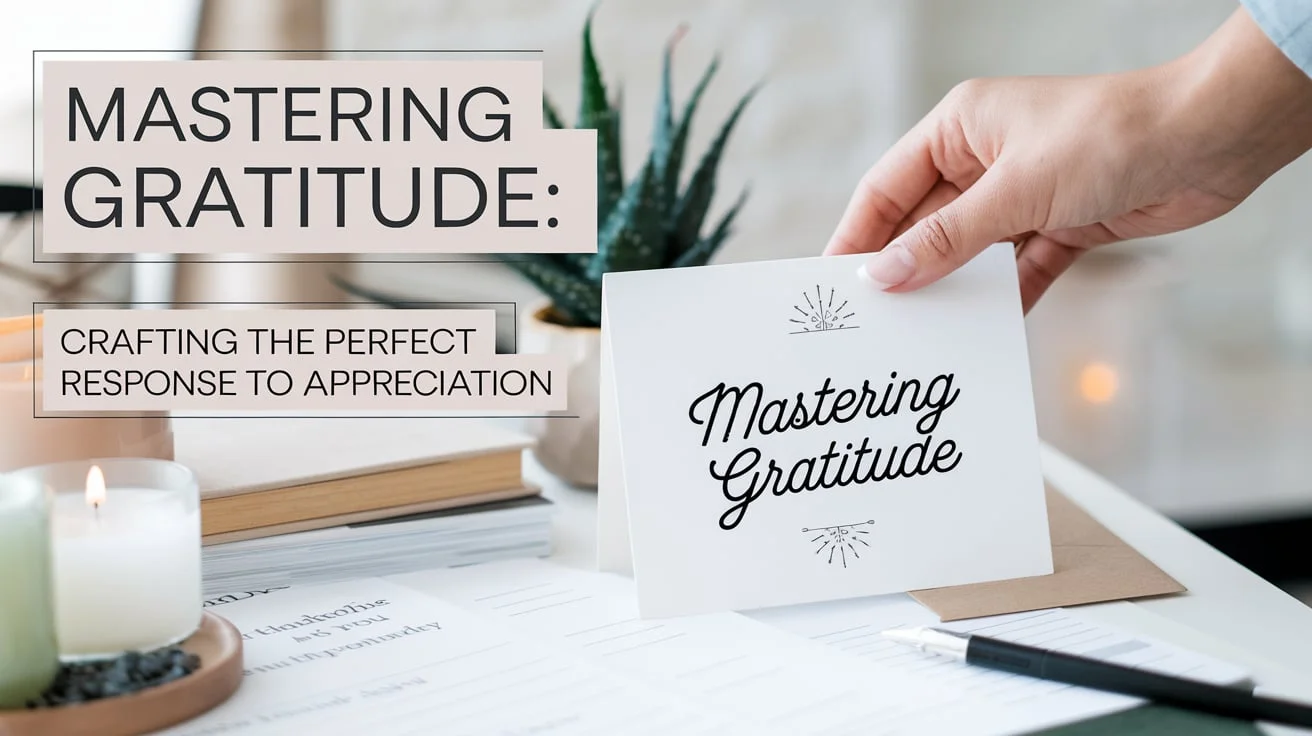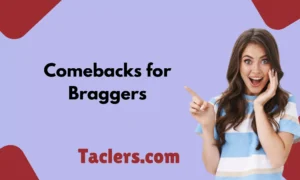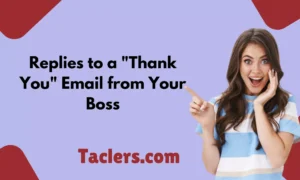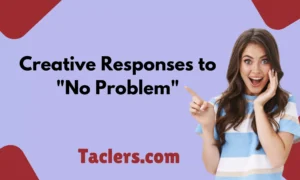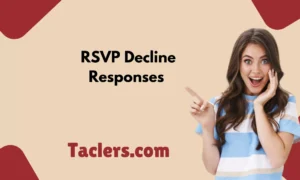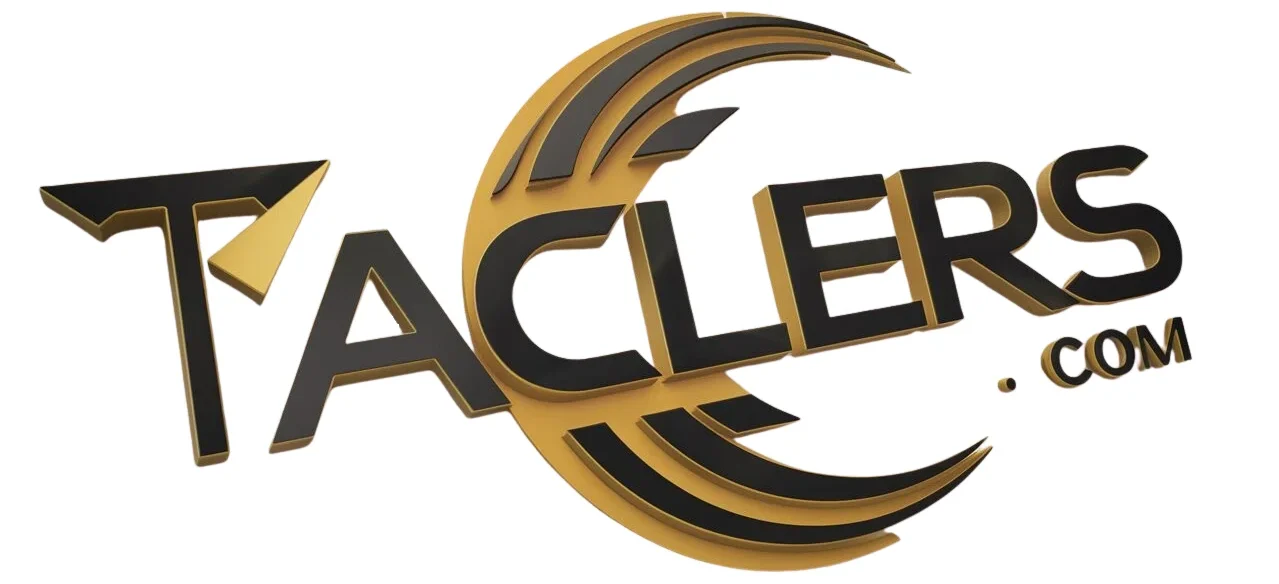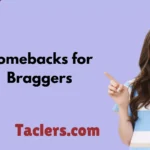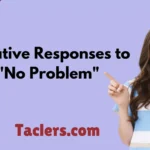In our daily interactions, showing appreciation and responding to it effectively can significantly strengthen relationships. Whether it’s a heartfelt compliment, a thoughtful gesture, or an act of service, the way we acknowledge and reciprocate can leave a lasting impression. This comprehensive guide will explore various ways to respond to appreciation, ensuring that each reply is genuine, thoughtful, and impactful.
Gratitude-Filled Responses to Showing Appreciation
Gratitude-Filled Responses are more than just polite acknowledgments; they reflect your true feelings and respect for the other person’s kindness. Crafting a response that feels authentic and sincere requires understanding the context and the nature of the compliment or gesture you’re acknowledging.
Simple Acknowledgments
A straightforward “thank you” can be powerful, but there are ways to make it more impactful. Here are some examples of simple yet effective responses:
- “Thank you so much for your kind words. They mean a lot to me.”
- “I really appreciate your support; it has made a big difference.”
- “Thanks for taking the time to say that. It truly brightened my day.”
Personalized Responses
Tailoring your response to the specific compliment or gesture makes it more meaningful. Consider these examples:
- “Your feedback on my project was incredibly helpful. I’m glad you found it valuable.”
- “I’m thrilled you enjoyed the dinner. It was a pleasure cooking for you.”
- “Your encouragement during my presentation was exactly what I needed to succeed.”
Expressing Genuine Thanks
Conveying heartfelt gratitude involves more than just words. Here are ways to express genuine thanks:
- Acknowledge the impact: “Your support helped me through a tough time, and I can’t thank you enough.”
- Show appreciation for specific actions: “The effort you put into organizing the event was remarkable. Thank you for all your hard work.”
Written vs. Verbal Responses
The medium of your response can affect its tone and impact:
- Written Responses: Ideal for formal settings or when you want to provide a lasting record. Use emails or thank-you notes to elaborate on your gratitude.
Example: “Thank you for the detailed feedback on my report. Your insights were invaluable, and I will implement them moving forward.” - Verbal Responses: Perfect for spontaneous interactions. Keep it concise and sincere.
Example: “I appreciate your kind words. It means a lot to hear that from you.”
Pay-It-Forward Responses to Spreading Positivity
Pay-It-Forward Responses encourage a cycle of kindness and positivity. Here’s how to craft messages that inspire others to continue the chain of goodwill:
Encouraging Others to Pass It On
Inspire recipients to spread positivity with these phrases:
- “I’m so grateful for your support. I hope you can share that same kindness with someone else today.”
- “Thank you for your help. I encourage you to continue spreading kindness to others in your own way.”
Examples of Pay-It-Forward Messages
These messages are designed to motivate others:
- “Your act of kindness made my day. Let’s keep the positive energy going by helping someone else.”
- “I’m passing on the goodwill you showed me. Here’s a small favor for you to enjoy, and I hope you’ll do the same for someone else.”
The Impact of Spreading Positivity
Research shows that acts of kindness not only benefit the recipient but also the giver. A study by Harvard University found that people who engage in acts of kindness experience increased levels of happiness and reduced stress. Spreading positivity can create a ripple effect, enhancing community well-being and fostering a supportive environment.
Playful and Humorous Responses for Adding a Touch of Wit
Injecting humor and wit into your responses can make them memorable and engaging. However, it’s crucial to balance humor with respect and sincerity.
Using Humor to Lighten the Mood
Humor can break the ice and make interactions more enjoyable:
- “Thanks for the compliment! I was beginning to think my cooking skills were just a figment of my imagination.”
- “I appreciate the praise! I was starting to think my ‘brilliance’ was just a lucky guess.”
Examples of Witty Replies
Here are some playful responses that maintain a light-hearted tone:
- “You really know how to make someone’s day! I’ll try not to let it go to my head… but no promises!”
- “Thanks for the kind words. I promise to use them as fuel for my ego!”
Balancing Humor with Respect
Ensure that your humor doesn’t undermine the sincerity of your response:
- Know your audience: Tailor your humor based on the relationship and context.
- Be mindful of the situation: Avoid humor in serious or sensitive contexts where it may not be appropriate.
Wishing Them Well in Return
Extending good wishes is a wonderful way to show appreciation and reciprocate kindness. Here’s how to craft warm and encouraging messages:
Extending Good Wishes
Express your heartfelt wishes with these examples:
- “Thank you for your support. I hope you have a fantastic day and that good things come your way.”
- “I’m grateful for your help. Wishing you all the best in your future endeavors.”
Examples of Warm and Encouraging Messages
Here are some specific messages you might use:
- “Your kindness means a lot to me. May your generosity be returned to you tenfold.”
- “Thank you for everything you’ve done. I hope the coming days are filled with joy and success for you.”
Tailoring Wishes to the Situation
Adapt your well-wishes to suit the context:
- For professional settings: “Your support has been invaluable. Wishing you continued success in all your projects.”
- For personal interactions: “Thanks for being there for me. May your days be filled with as much happiness as you’ve given me.”
Literary and Cultural References
Incorporating literary and cultural references can add depth and richness to your responses. Here’s how to use them effectively:
Incorporating Quotes and References
Using well-chosen quotes can enhance your message:
- “As Shakespeare once said, ‘The better part of Valour, is Discretion.’ Thank you for your thoughtful feedback.”
- “In the words of Maya Angelou, ‘Try to be a rainbow in someone’s cloud.’ Your kindness has certainly been a rainbow in mine.”
Examples of Thoughtful References
Here are some examples to get you started:
- “Your support reminded me of the old adage, ‘A friend in need is a friend indeed.’ I truly value your help.”
- “Much like Hemingway’s quote, ‘The best way to find out if you can trust somebody is to trust them,’ your trust in my abilities has been incredibly motivating.”
Understanding Your Audience
Ensure that your references resonate with your audience:
- Know their interests: Choose quotes and references that align with their cultural or literary tastes.
- Contextual relevance: Make sure the reference adds value and clarity to your message.
Pop Culture Catch-Phrases
Pop culture catch-phrases can make your responses feel current and relatable. Here’s how to use them effectively:
Utilizing Contemporary Phrases
Incorporate popular phrases to make your message stand out:
- “You’re the real MVP! Thanks for your amazing support.”
- “Your help was lit! I really appreciate it.”
Examples of Pop Culture-Inspired Responses
Here are some examples of responses that use contemporary catch-phrases:
- “Thanks for being awesome! Your support was totally clutch.”
- “You’ve really gone above and beyond. I’m totally here for you, just like you were for me.”
Avoiding Overuse
While pop culture phrases can be engaging, avoid excessive use:
- Be original: Combine catch-phrases with personal touches.
- Consider the context: Use phrases that fit the tone of the conversation.
Gratitude for Their Service
Acknowledging service and efforts shows respect and appreciation. Here’s how to craft meaningful responses:
Acknowledging Efforts and Contributions
Recognize their contributions with these examples:
- “Your dedication to the project was incredible. Thank you for all your hard work.”
- “I truly appreciate the time and effort you put into helping me. Your support was invaluable.”
Examples of Service-Oriented Responses
Here are some specific ways to show gratitude:
- “Your assistance has been a huge help. Thank you for your commitment and professionalism.”
- “I’m grateful for your service. Your expertise made a significant difference in my experience.”
Formal vs. Informal Appreciation
Adapt your tone based on the context:
- Formal settings: “Your assistance was instrumental in the success of our project. I deeply appreciate your support.”
- Informal settings: “Thanks a ton for all your help. I couldn’t have done it without you!”
Thoughtful and Reflective Responses
Reflective responses show a deep level of appreciation and consideration. Here’s how to convey this effectively:
Reflecting on the Impact of Their Kindness
Express how their actions have affected you:
- “Your support has been a beacon of light during a challenging time. I’ve been profoundly moved by your kindness.”
- “Reflecting on your help, I realize how much it has impacted me. Your generosity is deeply appreciated.”
Examples of Thoughtful Responses
Craft responses that show you’ve genuinely considered their gesture:
- “Your encouragement was exactly what I needed. I’ve thought a lot about your kind words, and they’ve inspired me greatly.”
- “The effort you put into helping me hasn’t gone unnoticed. Your thoughtfulness has truly made a difference in my life.”
Using Reflection to Strengthen Relationships
Use reflective responses to deepen connections:
- Show appreciation for their impact: “Your actions have strengthened our bond. I value our relationship and your continued support.”
- Share personal growth: “Your guidance has helped me grow both personally and professionally. I’m grateful for your mentorship.”
Final Thoughts
Responding to appreciation with sincerity and thoughtfulness can significantly enhance relationships and foster a positive environment. By understanding the various ways to acknowledge and reciprocate kindness, you can ensure your responses are impactful and meaningful.
Recap of Key Points
- Gratitude-Filled Responses: Craft personalized and sincere replies to show genuine appreciation.
- Pay-It-Forward Responses: Encourage others to spread kindness and positivity.
- Playful and Humorous Responses: Use humor thoughtfully to add a touch of wit.
- Wishing Them Well in Return: Extend warm wishes to reciprocate goodwill.
- Literary and Cultural References: Enhance your message with relevant quotes and references.
- Pop Culture Catch-Phrases: Incorporate contemporary phrases to make your responses engaging.
- Gratitude for Their Service: Acknowledge and appreciate efforts and contributions.
- Thoughtful and Reflective Responses: Show deep consideration and appreciation.
Encouragement to Personalize Responses
Always personalize your responses to fit the specific context and relationship. Genuine and thoughtful replies will resonate more and create a lasting positive impact.
Closing Remarks
Crafting the perfect response to appreciation involves balancing sincerity, creativity, and respect. By incorporating these strategies, you can effectively convey your gratitude and strengthen your connections with others.

Nicholas Clark is a dynamic writer with a knack for capturing the essence of human reactions. With a background in psychology, he delves deep into the science behind every smile, frown, and gasp. His insightful articles on Taclers.com will leave you pondering the fascinating world of human emotions.
